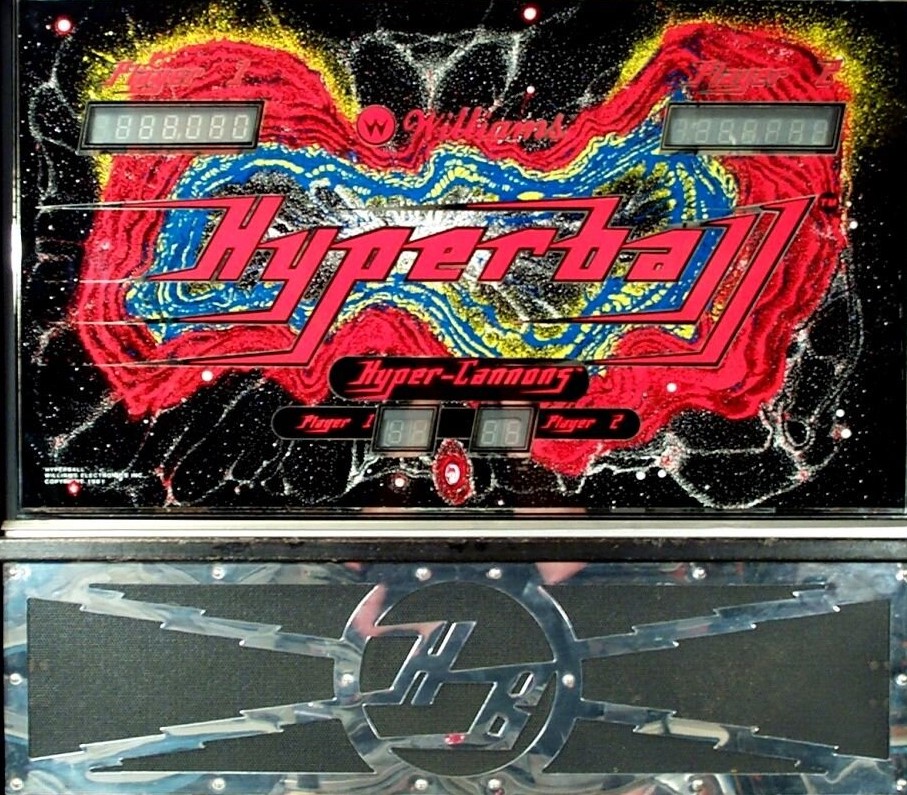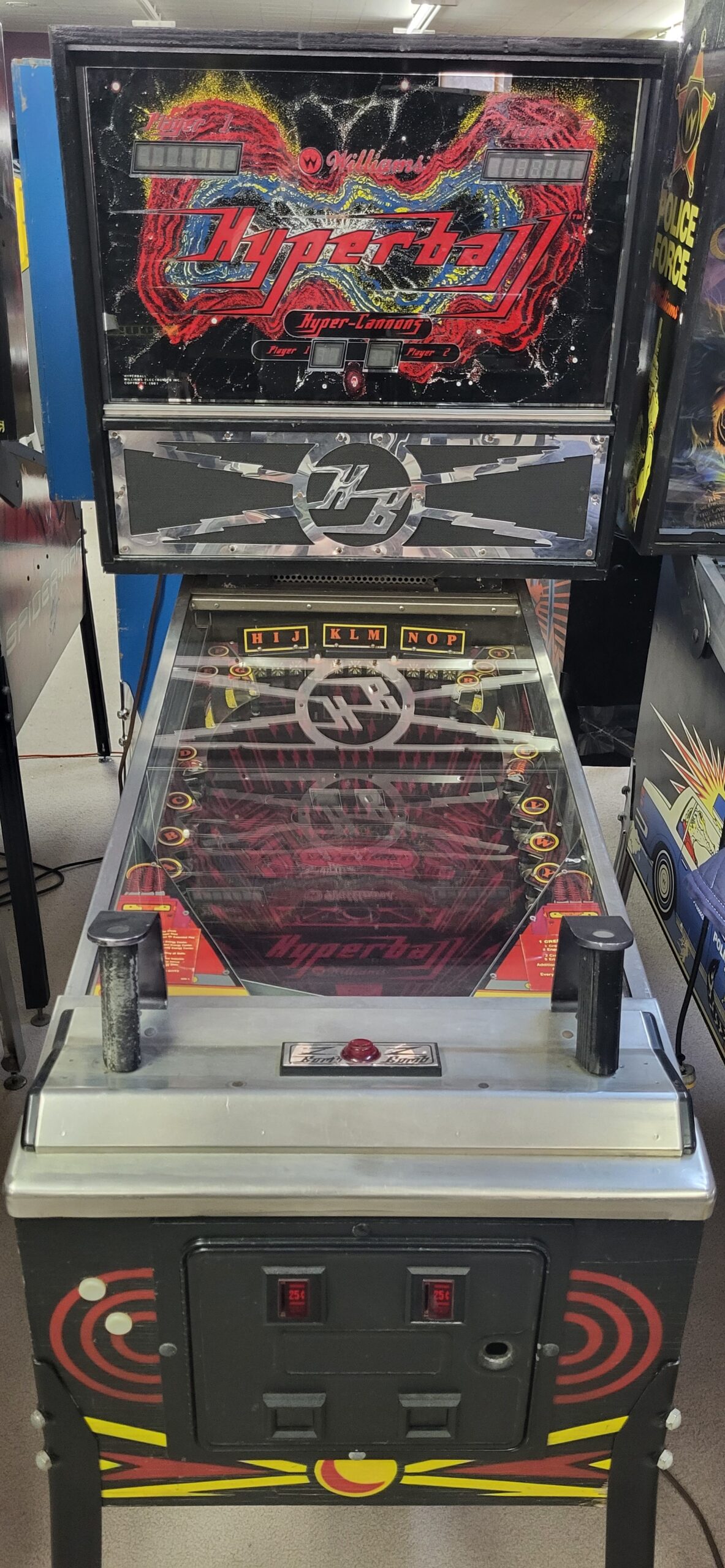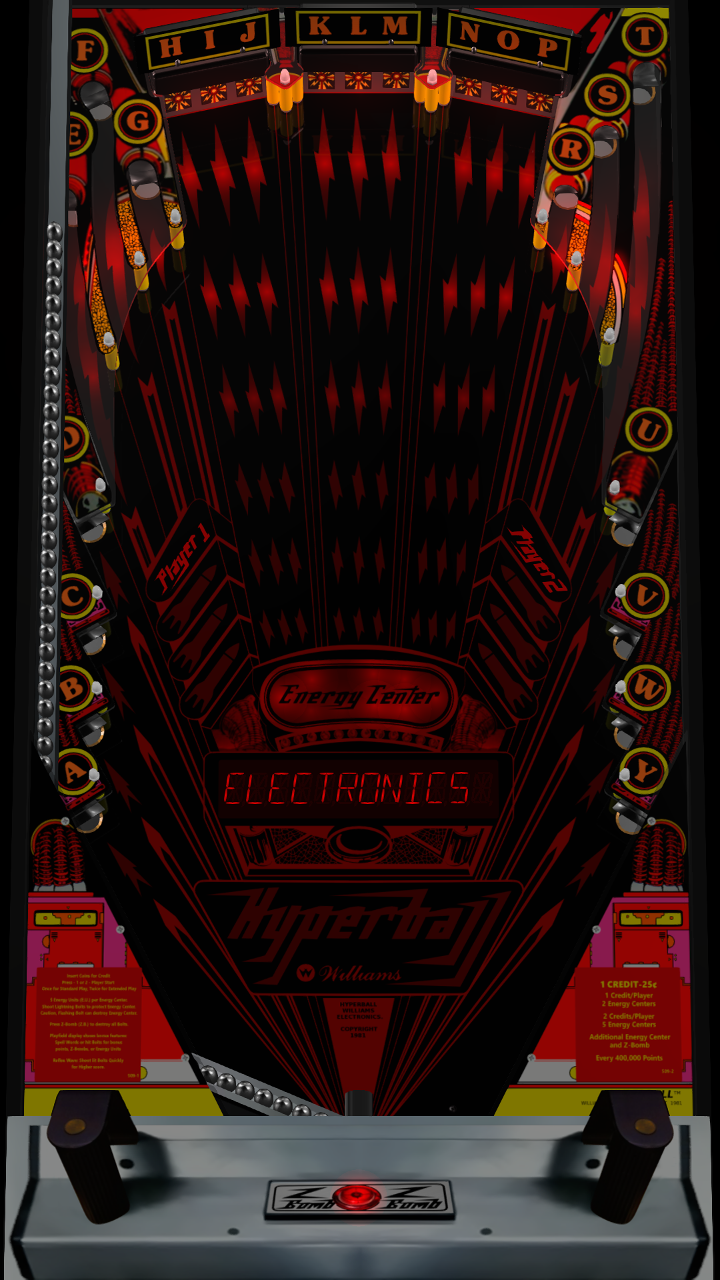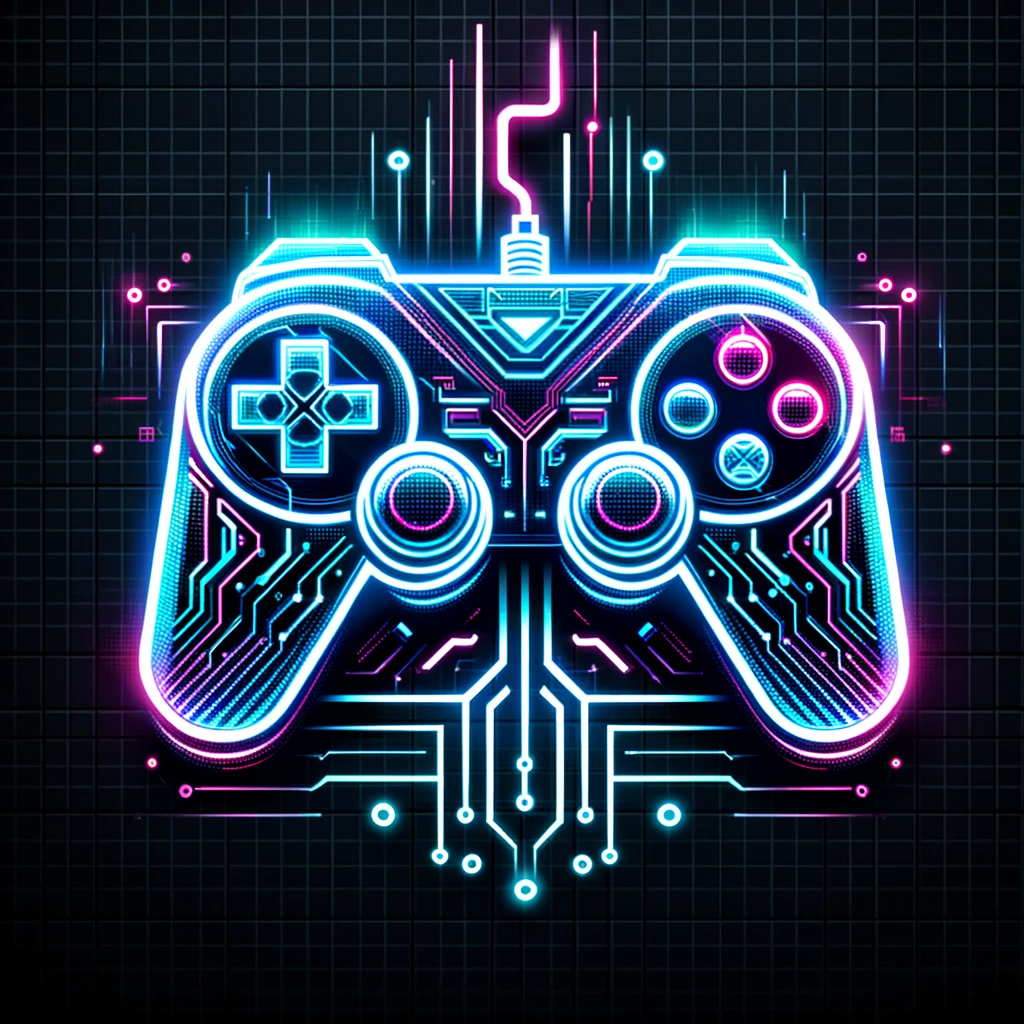
Hyperball
Pinball / Williams Electronics 1981
Hyperball is an arcade pinball game developed and released by Williams Electronics in 1981. Unlike traditional pinball machines, Hyperball deviates from the norm by combining pinball elements with futuristic aesthetics and fast-paced gameplay. The game features a unique playfield design, electronic scoring, and a compelling blend of pinball mechanics and video game elements.
Williams Electronics, a renowned arcade game manufacturer, introduced Hyperball during the golden age of arcade gaming. The game was designed by Python Anghelo and Barry Oursler, who aimed to create an innovative and exhilarating experience. Released in 1981, Hyperball emerged during a period of experimentation with hybrid arcade games that merged traditional pinball features with emerging video game technologies.
Upon its release, Hyperball garnered attention for its departure from conventional pinball gameplay. The game’s fast-paced action and futuristic theme appealed to a broad audience. While it may not have achieved the same level of mainstream success as some classic pinball machines, Hyperball gained a dedicated fanbase for its unique approach to the genre.
Hyperball exists primarily in its original form as an arcade machine. The game’s distinct design and gameplay make it stand out among traditional pinball offerings. While there are no direct sequels or spin-offs, Hyperball’s influence can be seen in other hybrid arcade games that emerged during the same era.
Hyperball is considered relatively rare compared to other classic pinball machines. Production numbers are limited, contributing to its scarcity. The exact number of units created is not widely documented, but collectors prize Hyperball for its uniqueness. Due to its rarity, the game’s value in the collector’s market can be substantial, with prices varying based on condition and demand.
Hyperball operates on specialized hardware designed by Williams Electronics for its arcade games of the time. The game features a combination of electronic components and mechanical elements. For repair purposes, enthusiasts can refer to the game’s original technical documentation, which includes details on the hardware specifications, circuitry, and a comprehensive list of parts. Replacement parts for the game, if needed, are often sourced from vintage arcade machine restoration communities or specialized suppliers.


